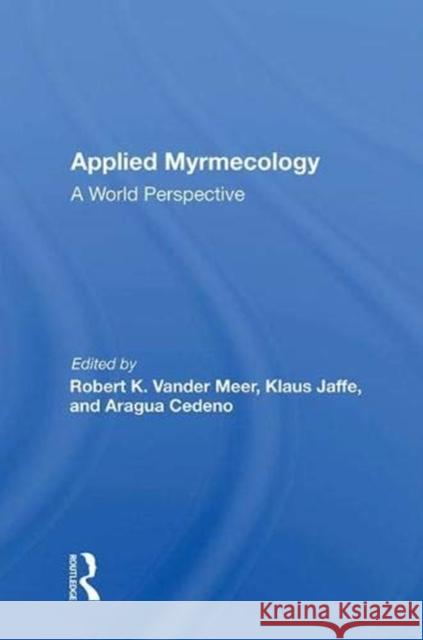Applied Myrmecology: A World Perspective » książka
Applied Myrmecology: A World Perspective
ISBN-13: 9780367013240 / Angielski / Twarda / 2019 / 763 str.
Applied Myrmecology: A World Perspective
ISBN-13: 9780367013240 / Angielski / Twarda / 2019 / 763 str.
(netto: 669,47 VAT: 5%)
Najniższa cena z 30 dni: 654,86
ok. 22 dni roboczych
Dostawa w 2026 r.
Darmowa dostawa!
Ants have always fascinated the nature observer. Reports from ancient Egypt and Mesopotamia indicate that ants interested humans long ago. Myrmecology as a science had its beginning in the last century with great naturalists like Andre, Darwin, Emery, Escherich, Fabre, Fields, Forel, Janet, Karawaiew, McCook, Mayr, Smith, Wasmann and Wheeler. They studied ants as an interesting biological phenomenon, with little thought of the possible beneficial or detrimental effects ants could have on human activities (see Wheeler 1910 as an example). When Europeans began colonizing the New World, serious ant problems occurred. The first reports of pest ants came from Spanish and Portuguese officials of the fifteenth and sixteenth centuries in Trinidad, The West Indies, Central America and South America. Leaf-cutting ants were blamed for making agricultural development almost impossible in many areas. These ants, Atta and Acromyrmex species, are undoubtedly the first ants identified as pests and may be considered to have initiated interest and research in applied myrmecology (Mariconi 1970).











